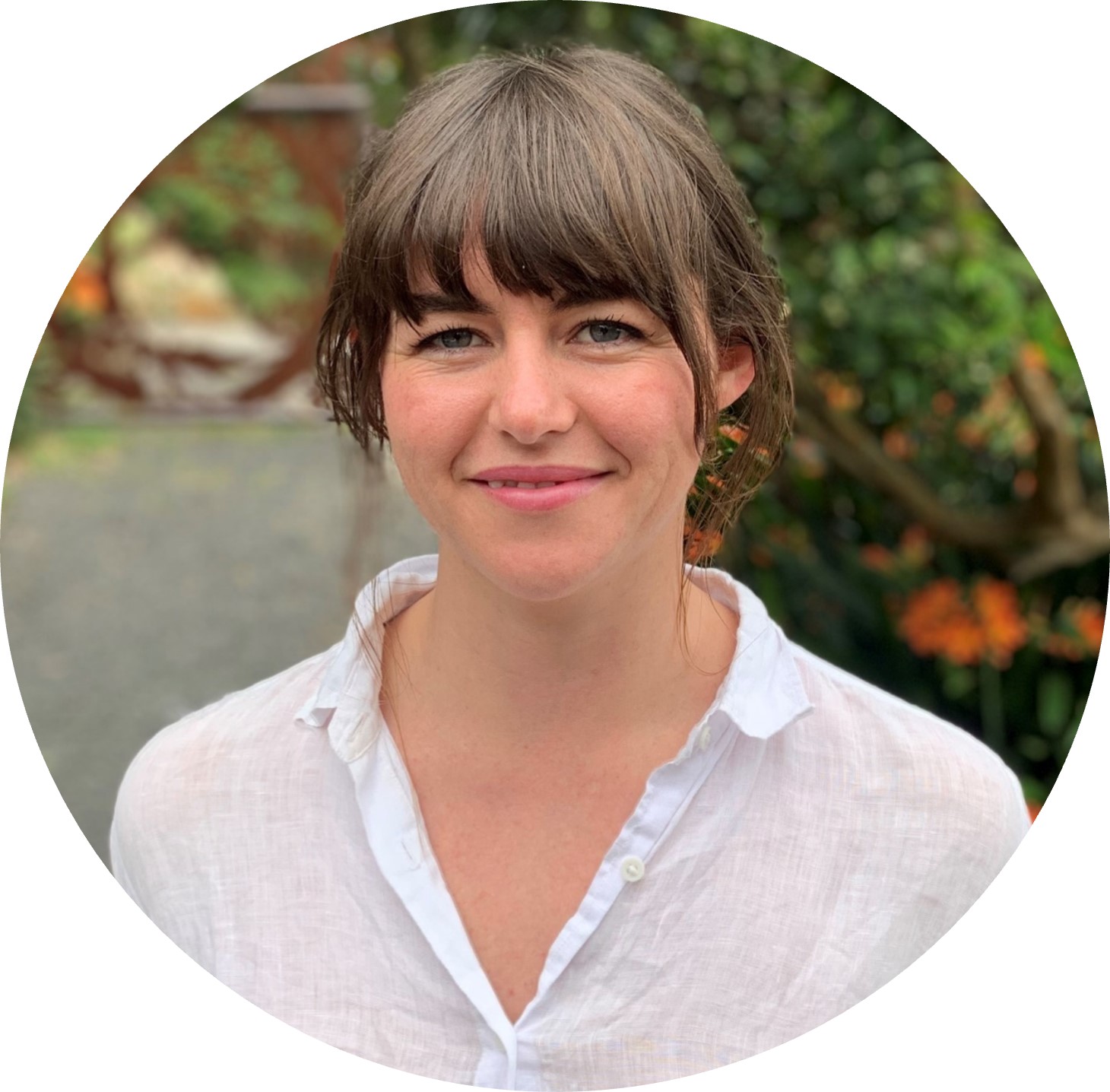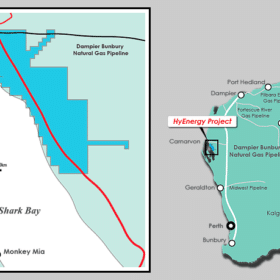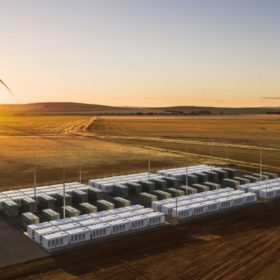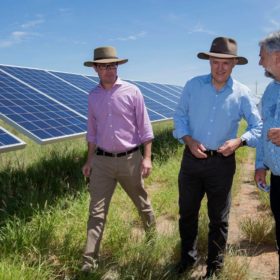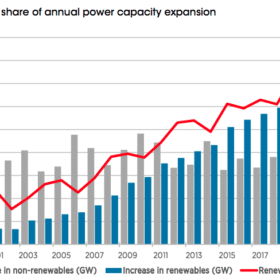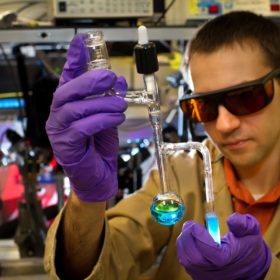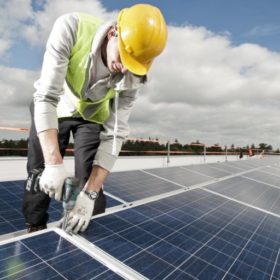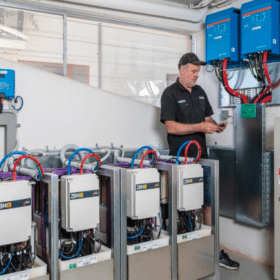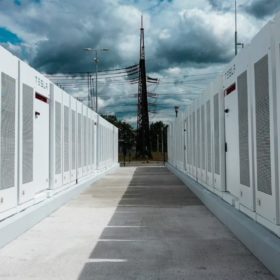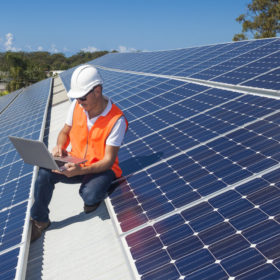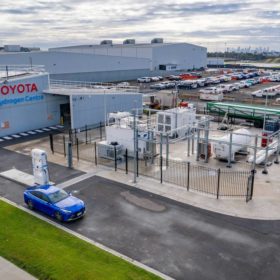Province Resources seeks to acquire more land for its 1 GW green hydrogen project in WA
Province Resources, which caused a stock market frenzy earlier this year when it announced plans to build 1 GW of hybrid solar and wind to produce green hydrogen in Western Australia, has today said it plans to acquire more land for the project.
ACT faces ‘substantial’ electricity bill increase, Evoenergy blames renewable energy targets
Evoenergy has blamed the Australian Capital Territory’s renewable energy targets for its proposed price hike, which would see average residential customers pay around 40% more for network charges, amounting to around $280 per year.
Turnbull ousted as chair of NSW climate board following anti-coal stance
Former prime minister Malcom Turnbull has been dumped from his role as chair of the New South Wales climate change advisory body by the Berejiklian government.
Australia’s renewable growth outpaces world, even as new report finds record global expansion in 2020
More than 260 GW of renewable energy was added globally in 2020, surpassing 2019’s previous net increase record by almost 50%, data from the International Renewable Energy Agency found. Australia’s pace of growth was almost double the global average, coming in at 18.4%.
Australian cleantech startup competition draws $50,000 grant for winner
A $50,000 development grant will be awarded to the winner of this year’s national ClimateLaunchpad competition, which aims launch early-stage cleantech startups into the market.
Regulator pivots approach, unveiling new mechanisms to crackdown on accredited installer misconduct
The Clean Energy Regulator told pv magazine Australia it’s focussing its attention on rooting out misbehaving installers, armed with new automated data analytics models and stronger bonds with industry co-regulators like the Clean Energy Council.
Redflow boss reveals company’s plan to refine manufacturing, bolstering next leg up
After “bunkering down” in 2020, the Redflow’s CEO discusses major developments within the company, as well as its path towards mass manufacturing processes – which it sees as the key to slashing battery costs by a third and, in turn, solidifying Redflow as a major player in the increasingly sought-after flow battery storage market.
Clean energy technologies can provide grid security for less, study finds
New research shows renewables plus batteries would be able to offer Australia’s electricity grid the same energy security as coal and gas generators, leading to calls for regulatory changes.
Small-scale solar becomes second biggest player in Australia’s renewable energy mix, as CEC reveals slate of overhauled records
The Clean Energy Council has released its annual Clean Energy Australia report, revealing a string of smashed records, as states, territories and businesses continue to ramp up renewable ambitions.
Toyota, hot off Canberra’s heals, opens Melbourne’s first hydrogen refuelling station and showcase centre
Just days after Australia’s first ever hydrogen vehicle refuelling station opened in Canberra, Toyota’s former manufacturing site in West Melbourne became home to the second ‘future fuel’ station.
